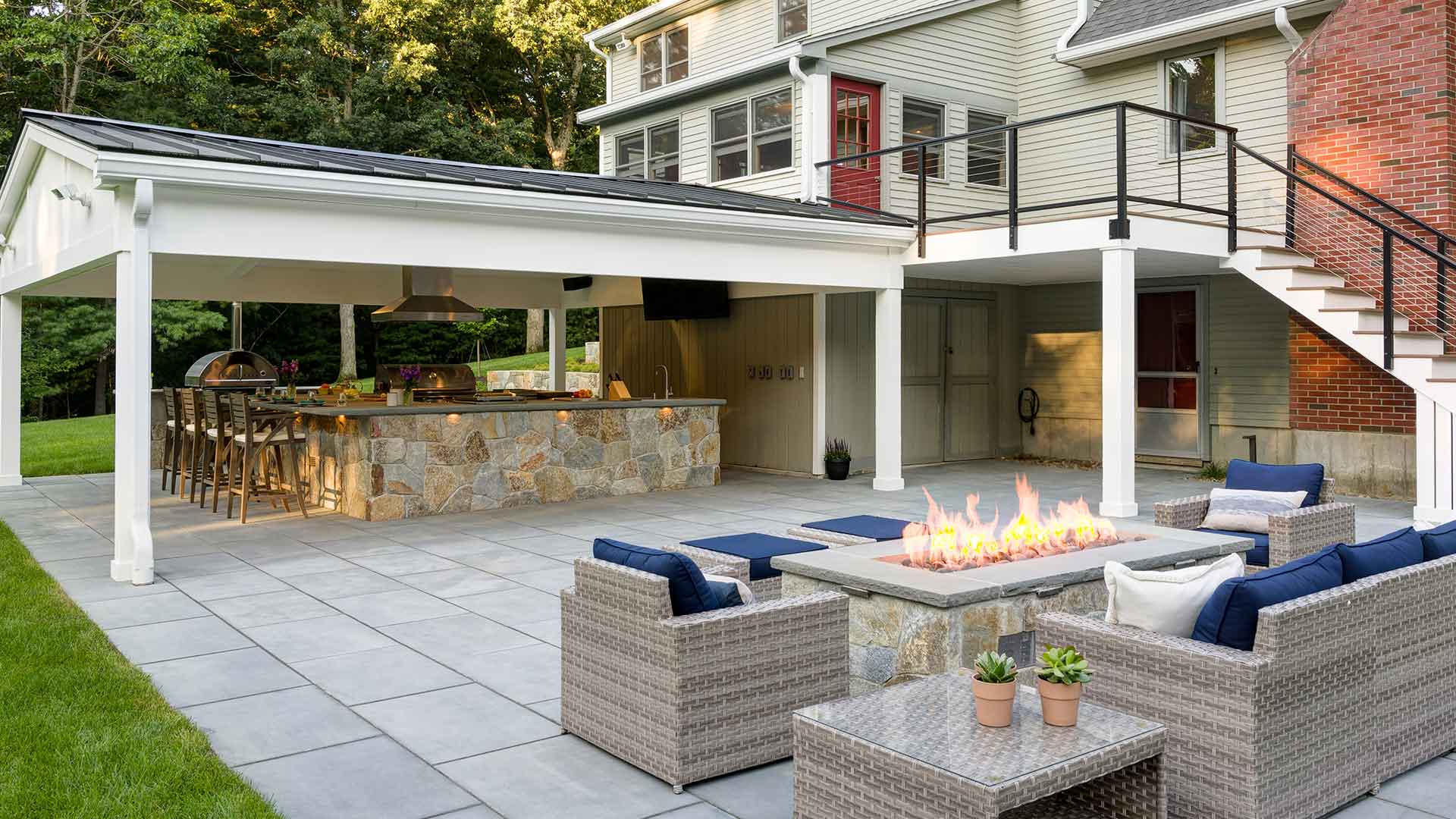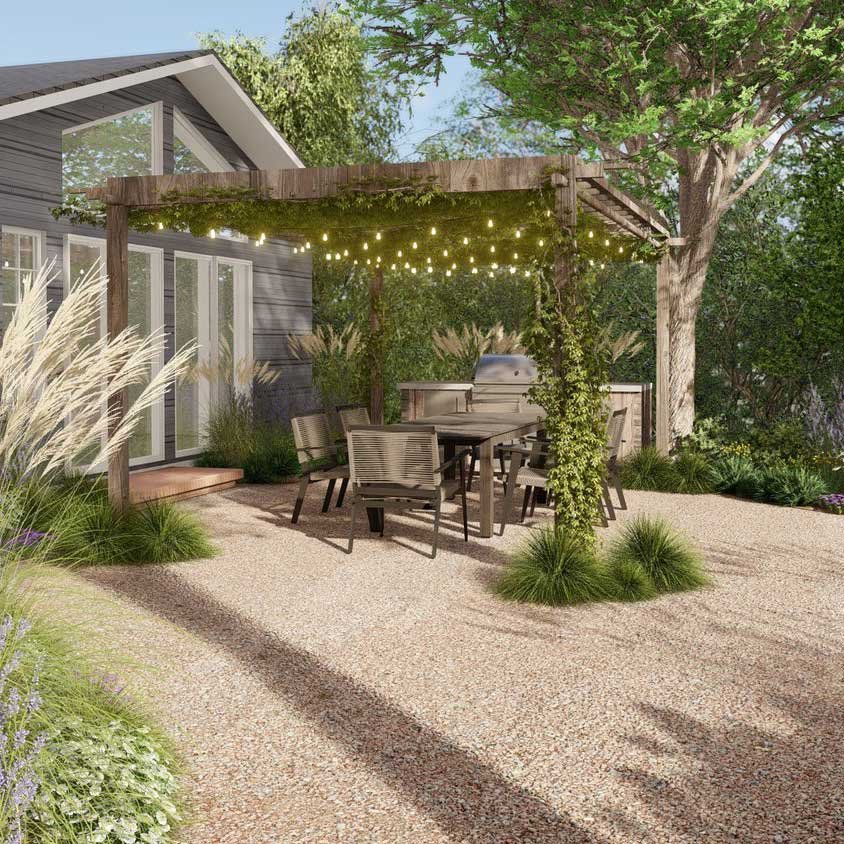Landscapers Fundamentals Explained
Landscapers Fundamentals Explained
Blog Article
The Best Guide To Landscapers
Table of ContentsA Biased View of LandscapersThe Main Principles Of Landscapers Getting The Landscapers To WorkLandscapers Can Be Fun For AnyoneThe smart Trick of Landscapers That Nobody is Talking About
Each of these elements has a certain purpose and symbolism, and when integrated in properly, they create a well balanced and unified landscape - Landscapers. Rocks are thought about the foundation of a Japanese yard. They represent hills or islands and are purposefully placed to develop a feeling of depth and point of viewIt can take the form of a fish pond, stream, or waterfall, and its function is to include motion, sound, and reflection to the landscape. Plants, particularly evergreens and deciduous trees, play a crucial duty in producing a Japanese garden. They are thoroughly picked for their shape, shade, and structure to add rate of interest and contrast to the landscape.
These synthetic aspects typically have spiritual or spiritual significance in Japanese society and are meticulously positioned within the landscape to produce focal factors. Photography by Garrett Chef Desert yards, likewise understood as xeriscaping or arid landscape design, prosper in dry and drought-prone areas (Landscapers). These gardens display plants that have actually expanded accustomed to the hot and dry problems, making them low-maintenance and water-efficient

They are naturally utilized to the neighborhood climate, dirt problems, and wildlife, making them a lot more durable and better suited to grow in their setting. This layout style embraces the elegance of neighborhood plants and fauna, advertising a local color and linking us to the land we survive. Photo: Christopher Lee Mediterranean gardens came from the nations surrounding the Mediterranean Sea, such as Italy, Greece, and Spain, where the environment is warm and completely dry.
Landscapers - Truths
In a Mediterranean climate, the summer season warm and aridity are significant obstacles for plant development. To resolve this, Mediterranean yard style integrates elements that give color, such as pergolas and arbors, to secure plants from straight sunshine during the hottest hours of the day. These frameworks offer a useful purpose but additionally include architectural passion to the yard.
To combat this, sprinkling strategies such as drip watering are generally used to guarantee that plants receive a proper amount of water without wasting it. Official yards are typically related to grand estates and palaces, where whatever is completely balanced and in line. These yards comply with a strict geometric pattern, with straight lines and appropriate angles dominating the style.
Using hardscaping aspects such as water fountains, sculptures, and pathways is also typical in formal yards. On the other hand, casual yards have actually an even more unwinded and natural feel to them. They are not bound by rigorous policies or geometric patterns, enabling an extra natural format. Casual gardens often tend to have bent pathways, irregularly shaped flower beds, and a mix of different plant species.

Landscapers Fundamentals Explained
The design is so prominent that it doesn't stand out considering that so numerous people have it. The majority of the landscapes throughout the country are traditional design.
Typical aspects of a conventional landscape style are red brick pavers organized in a classic herringbone pattern and cottage style yard beds with a great mix of perennials and shrubs. You can discover conventional landscape design used at the historic homes in downtown Idaho Falls. This style offers a good equilibrium of native and non-native plants.
Because the design has been around for awhile, even more people have it, so it doesn't stand apart as a lot. A modern-day landscape has the most edgy design style. Brilliant colored plants incorporate with vibrant metal containers and furnishings. Every aspect is extra polished and exact. Bushes and plants are generally much more especially organized useful content and trimmed right into shapes versus being even more natural.
It's not concerning the design of home a landscape fits, but extra the products it's made out of. While hedges need to be trimmed to maintain their shapes, this design of landscape calls for less specific upkeep.
Landscapers Fundamentals Explained
Richer landscape beds with whole lots of shade that need greater levels of upkeep and upkeep. A more recent landscape design that's emerged lately is the rustic contemporary design.
This design goes best with homes that are rustic official source or modern-day, and it has a nice blend of the advantages and disadvantages of those designs detailed above (Landscapers). Not sure which design matches you best? Factoring in upkeep and total design and care prices can help persuade you in one instructions over another based upon your preferences
For one, since products like stones and rough-hewn hardwood are so popular here, they are easy to get. Likewise, plants are entrusted to expand even more normally, as in they do not require to be a symmetric, pruned shape. On the various other hand, modern-day and home design yards are typically much more expensive to set up and need more maintenance.
You can create an aesthetically pleasing landscape by adhering to these six concepts of design. There are 6 concepts of style that have actually been utilized by artists for centuries throughout all art forms, paint and flower layout in addition to landscape layout. They are: Equilibrium Focalization Simplicity Rhythm and Line Proportion Unity Balance is a state of being in addition to seeing.
The Only Guide to Landscapers
There are two significant kinds of balance: symmetrical and asymmetrical. Symmetrical balance is used in formal landscapes when one side of the landscape is a mirror photo of the Our site contrary side. These landscapes commonly use geometric patterns in the walkways, growing beds and even how the plants are trimmed into shapes.

Each location of the landscape might consist of a focal point, however it is absolutely not required. Landscape developers should not overuse focal points. In any type of sight, individuals are attracted to interesting plant forms, brilliant colors and creative, building layout along with art or sculptures. Mix it up, have some fun and create fascinating centerpieces.
Keeping landscapes simple, not cluttered or picky is constantly a great method. Many landscapes have very intricate features, consisting of the building style, water functions and substantial illumination features.
Report this page